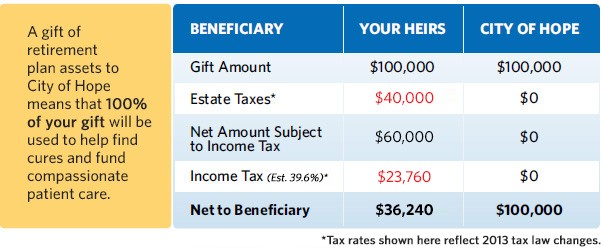Asset Location Reduces Taxes in Retirement
Post on: 21 Июнь, 2015 No Comment

January 24, 2014 Author: finfree
Personal finance literature pays a lot of attention to asset allocation how to diversify your investments between different asset classes like stocks and bonds. But should funds in your 401k be allocated the same way as funds in a Roth IRA or taxable accounts? Since all these accounts have different tax implications, it max sense to hold your least tax-efficient funds in accounts that are taxed less (or not at all).
Asset Allocation First
Before considering asset location, you need to first set up an asset allocation appropriate for your investing style. Deciding on how to divide your assets between stocks, bonds, REITs and any other asset classes will have the biggest effect on how your portfolio will grow over time, and the amount of risk it will take on. Any more work you do in terms of asset location is just icing on the cake. It will provide some extra benefit, which over time can add up to a lot, but the risk/reward profile of your portfolio will largely be determined by asset allocation.
Tax Efficiency
When we talk about tax efficiency, were trying to understand what portion of a funds assets are being reduced by taxes, whether it is due to interest, dividends, or other types of income. Morningstar has a great tool showing how tax efficient a fund is. For example, the Vanguard Total Stock Market Index (VTSMX ) has an annualized return of 9.49% pre-tax, and 8.89% post-tax. This means taxes reduce the annual return by 0.6% over time. On the other hand, Vanguard REIT Index (VGSIX ) has an annualized return of 8.46% pre-tax and 6.85% post-tax. In this case, taxes reduce the annual return by 1.61%, much worse than the stock fund. The tax tool in Morningstar gives these funds a tax cost ratio of 0.32 and 1.49, meaning the REIT fund is about 5x worse, than the stock fund in terms of tax efficiency. When trying to figure out a funds tax efficiency, you only have to compare that number. Theres no need to actually examine the pre- and post-tax return of every fund.
Fund Placement
In this 2 fund scenario, it makes a lot of sense to place the REIT fund in a tax deferred account, like a 401k or IRA, avoiding taxes entirely until you need these funds in retirement. Bogleheads has a great graphic showing how funds rank in terms of their tax efficiency. In general, from most efficient to least:
- Savings Account (most efficient)
- Stock Index Funds
- Total Market Bond Funds
- Real Estate Funds (least efficient)
Once youve ranked your funds in terms of tax efficiency, its time to place them in the proper account. The idea here is to first place the least tax efficient funds into tax deferred accounts, like the traditional IRA and 401k. After that, its best to place your stock funds into any Roth accounts. Thats because Roth accounts have no required minimum distribution (RMD), so you wont be forced to withdraw your highest growth funds until its necessary. Also, this will be your largest asset class in retirement and in a Roth account it wont be taxed at all. Finally, all that is left are your most tax efficient funds, and these can be placed into any of the accounts. Its best to max out your IRA and then 401k, and if there are still some funds left, place the remainder into a taxable account.














